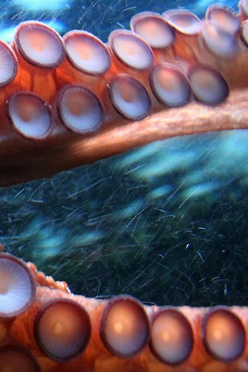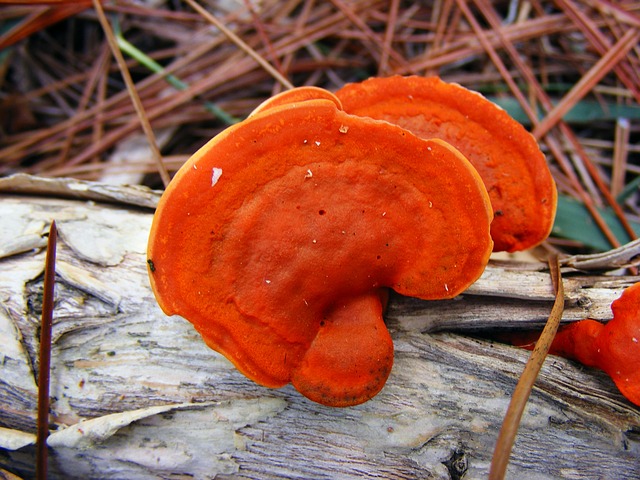
 How an Antarctic octopus survives the cold
How an Antarctic octopus survives the cold
An Antarctic octopus that lives in ice-cold water uses an unique strategy to transport oxygen in its blood, according to research published in Frontiers in Zoology. The octopus’s specialized blood pigments could help to make it more resilient to climate change than Antarctic fish and other species of octopus. The blood pigment is haemocyanin, analogous to the haemoglobin in mammalian blood, which has a varying oxygen affinity depending on the temperature of the surrounding water.
 WHO malaria policy recommendations
WHO malaria policy recommendations
The Malaria Policy Advisory Committee to the WHO have published recommendations from their 6th meeting held in September 2014. As part of the meeting, the group discussed drug resistance and gaps in the current WHO Global Malaria Programme guidance for acceleration to elimination.
Human evolutionary genomics
As part of an article collection on ‘Human Evolutionary Genomics’, Michael Hofreiter and colleagues review how recent technological improvements have rapidly transformed ancient human DNA research to become a central component of modern anthropological research. Another review in the series published in March, by Toomas Kivisild, looks at mitochondrial genome sequencing for the assessment of female-specific aspects of human demographic history.
Healthcare professionals at risk of BDV infection
Researchers from the Neuroscience Center of Chongqing Medical University have carried out a large-scale investigation of Borna disease virus (BDV) infection blood markers in a hospital setting in Chongqing, China.
They found that medical staff at the hospital had an elevated risk for BDV infection, relative to outpatients and healthy controls. The team also suggest that psychiatric departments should take scale up prevention measures to a similar level to infectious disease departments.
What’s in your pet food?
Several brands of pet food contain unspecified animal species, and various proportions of beef, chicken and pork that are not explicitly identified on the product labels, according to research from the University of Nottingham.
Y genetic variation and phenotypic diversity in health and disease
A review article in Biology of Sex Differences examined the diverse functions of the Y chromosome (ChrY) outside of development and reproduction in males. The authors describe ChrY roles in regulating growth and metabolism, cardiovascular diseases, immunity and autoimmunity.
Palm-sized DNA sequencer for disease diagnosis in the field
GigaScience reports that the MinION™ nanopore sequencer can accurately identify and differentiate viral and bacterial species present in biological samples via amplicon sequencing. The authors advocate the technology’s potential, not just for disease diagnosis, but for the “mobilization and democratization of genomic analysis“.

Making rare diseases more visible through appropriate coding
Following a recent revision of the International Classification of Diseases, the European Commission Expert Group on Rare Diseases proposes new guidelines for health care coding systems to use for rare diseases. These new recommendations for making rare diseases more visible have been published in Orphanet Journal of Rare Diseases.
PCS genes teach us about fungal evolution
Phytochelatins help protect against heavy metal toxicity and are produced by the enzyme Phytochelatin synthase (PCS).
The enzyme is coded by PCS genes, which had previously only been found in two species of Ascomycetes. However, Alaina Shine and colleagues have found putative PCS genes in a Basidiomycota species, indicating that the PCS gene or its homologs were present early on in the evolution of fungi.
1.5°C or 2°C?
This commentary summarizes debates currently being waged in the UN’s Climate Change Panel over global targets. The scientific literature has recommended a lower target for many years now, and calls from developing countries are growing louder. There is, however, huge reluctance from more industralized countries, due to financial and political concerns. One of our Editors-in-Chief details the huge concerns currently in play, in Biome.
- March biology highlights: octopuses, heavy metal, and pocket-sized DNA sequencing - 10th April 2015
- From farm to plate, make food safe! - 7th April 2015
- Dried up! The effects of 2014 on Western US Lake Ecosystems - 13th November 2014


Comments